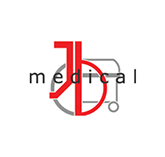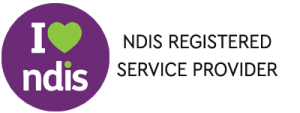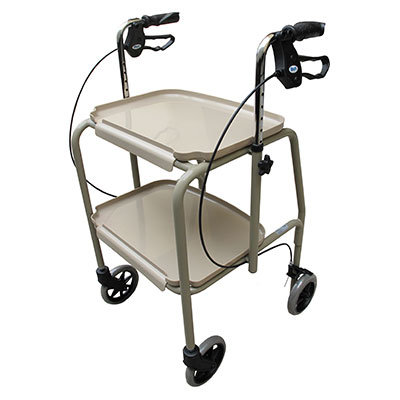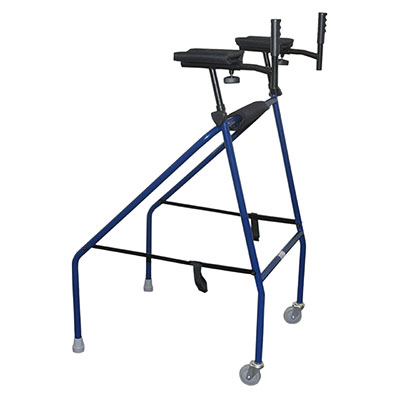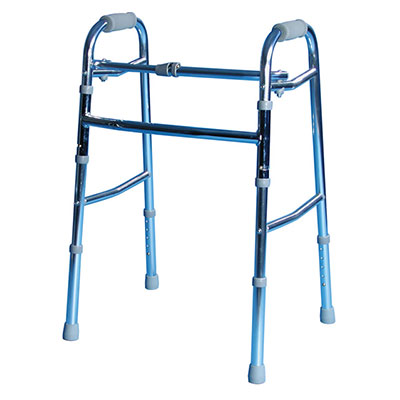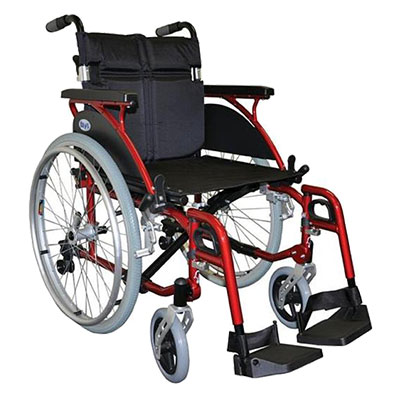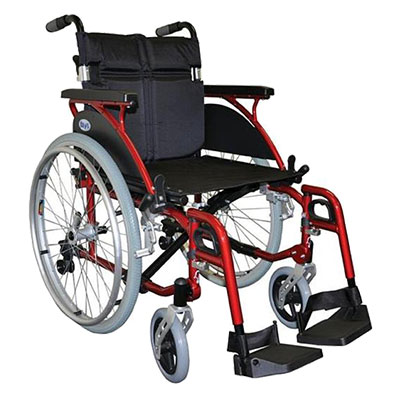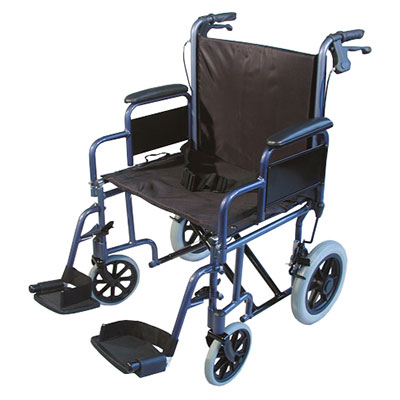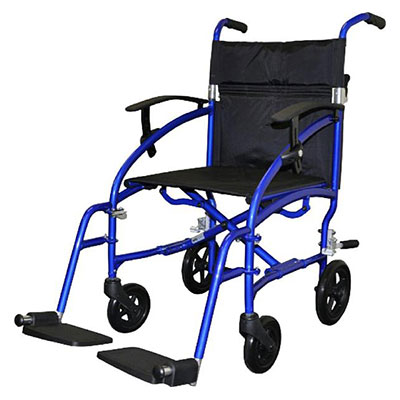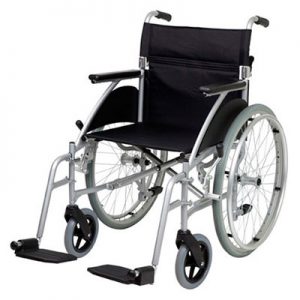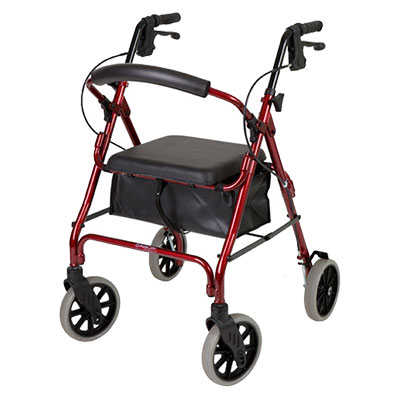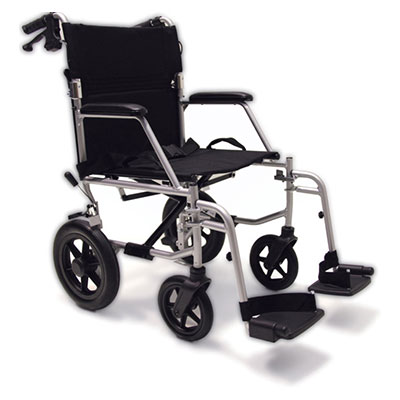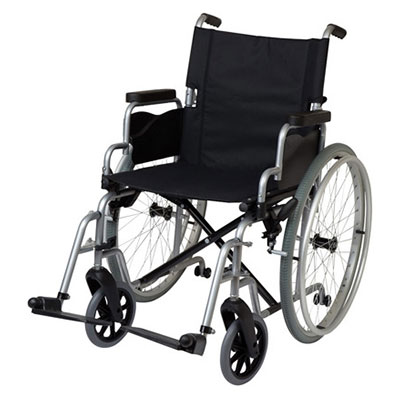A lightweight adaptable wheelchair suitable for full-time users and is designed for maximum practicality and adjustability.
It is important to us at JB Medical that your mobility aids equipment is safe and in good working condition.
JB Medical acknowledges the significance of mobility aids equipment. We understand its crucial function in decreasing injuries, mitigating physical and legal risks. Thus, they protect the health of patients.
Mobility Equipment Suppliers In Australia
As one of the top mobility equipment suppliers, JB Medical offers a wide range of high-quality mobility aids and more, including walkers, wheelchairs, and electric scooters. Our products are able to provide comfort and independence for individuals with mobility challenges. With our mechanical lifters, you can easily transfer patients or loved ones safely and efficiently. Whether you need assistance with daily activities or support for recovery, our team is here to help you find the perfect solution to meet your needs.
Individuals with limited mobility or reduced strength rely on wheelchairs to provide them with support and the ability to move around. Over the years, wheelchairs have evolved and now come in different types, including manual and motorised options. Wheelchair users encounter obstacles on a daily basis, and it is crucial to always keep an eye on them for safety reasons. Electric wheelchairs, which utilise an electric motor for movement, offer customisable features. For storage purposes, it is possible to fold them conveniently.
Walkers were initially for older people, but now they are also for those with weakened leg muscles or joint issues. They provide support and people with arthritis, balance issues, or limited ability to bear weight on their legs can use them.
Crutches are tools people with injuries or disabilities use to assist with walking. They originated as hunting tools and provide extra support and leverage. Learning to use crutches properly takes practice.
Contact us to purchase mobility aids and hire mobility equipment. We give extra information about the use and importance of this equipment in our blogs section. Follow us on social media for more updates: Facebook & Google Business Profile.
Mobility Aids
Best Mobility Aids: Solutions To Enhance Your Independence
Unleash Freedom with Our Range of Total Mobility Solutions
Unleash freedom and embrace independence with JB Medical Equipment, your trusted source for total mobility solutions in Australia. As premier disability equipment suppliers, we offer a wide range of mobility aids and disability equipment designed to enhance your daily living experience. From basic electric wheelchairs to advanced mobility scooters, our commitment to providing top-notch quality is unwavering.
At JB Medical Equipment, we take pride in being the leading supplier of mobility aids and assistive technology products. Our mobility aids showroom showcases the widest selection of mobility products, including heavy-duty mobility aids, walking aids, and daily living aids. We cater to your specific needs with a variety of disability aids and equipment available for purchase or hire.
Experience convenience through our mobility aids online platform, where you can explore our comprehensive inventory. We are more than just a supplier of aids for daily living; we are your go-to partner for all your homecare equipment needs. Discover quality mobility aids in Australia with JB Medical, your best choice for mobility and aged-care equipment.
Choose JB Medical for a seamless journey towards improved mobility and enhanced quality of life. Our commitment to being premiere disability equipment suppliers ensures that you receive the best-in-class solutions. Uncover the freedom to move, the convenience of purchasing mobility aids, and the assurance of essential aids meeting your every requirement. Trust JB Medical Equipment – where total mobility meets unrivalled quality.
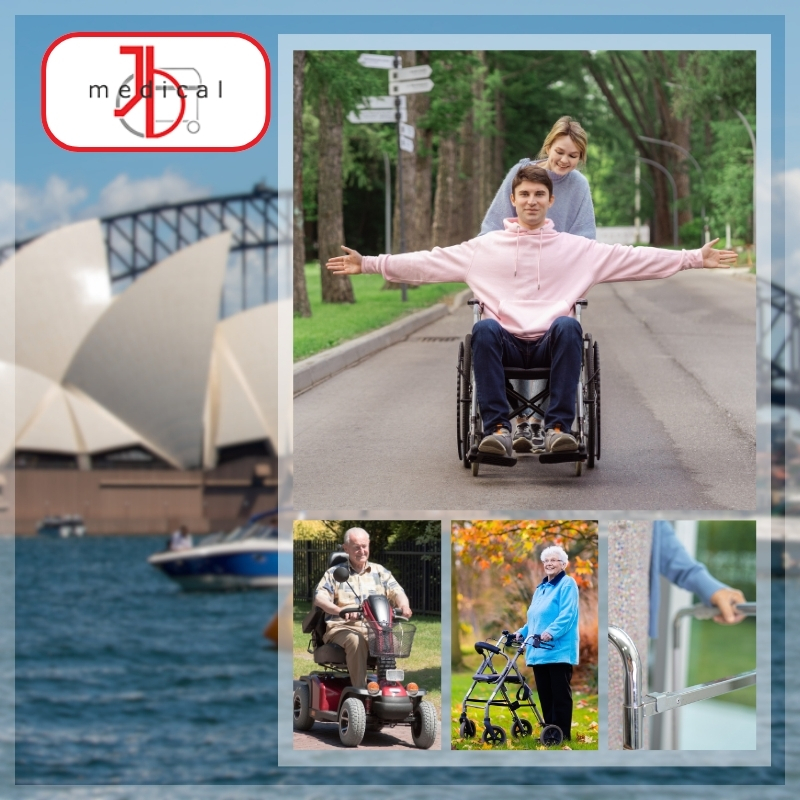
WHAT WE OFFER
Mobility Aid Solutions From Us
EDUCATION
Pioneering the way in providing education on fall prevention
Our utmost commitment at JB Medical lies in maximising the effectiveness of our equipment for our valued clients. By offering detailed instructions on the proper utilisation of our products, we not only enhance patient outcomes but also extend the durability of the equipment.
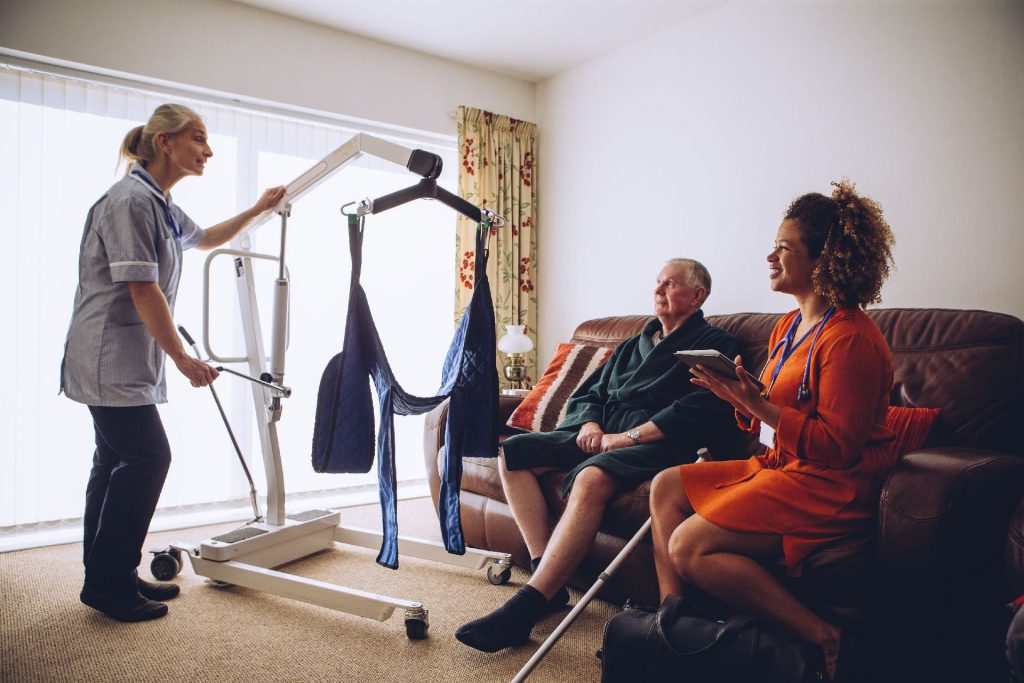
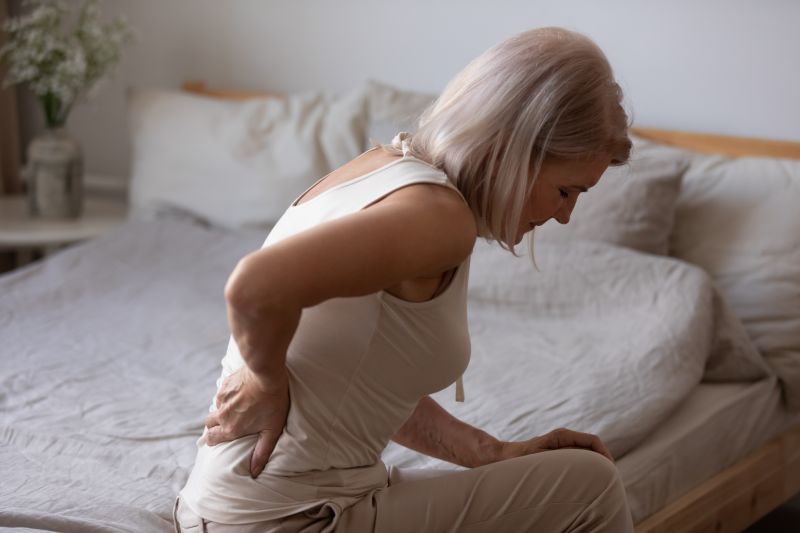
EDUCATION
Pressure Injury
Pressure injuries, also known as sores, occur when there is damage to the skin and underlying tissue due to prolonged pressure or friction in a specific area, particularly in individuals with limited mobility. We can frequently observe these injuries in healthcare settings like hospitals. In a one-year span (2015-16), Australian hospitals reported a total of 4,313 cases of pressure injuries, resulting in a significant financial and healthcare burden. The treatment cost for hospital-acquired pressure injuries in Australian public hospitals amounted to AU$983 million, accounting for 1.9% of the overall public hospital expenditure. The most commonly affected areas for pressure injuries are the sacrum/coccyx (20-41% prevalence) and heels (16-27% prevalence).
According to Team et al. (2020), the occurrence of pressure injuries in acute care settings worldwide ranges from 6% to 18.5%. However, in immobile settings like intensive care, this percentage rises significantly to 11.5% to 32.7% (Team et al., 2020).
Factors that pose a risk for pressure injuries (PI):
- Limited mobility: confined to a sitting or lying position for long periods of time
- Postural limitations: experiencing restricted movement or position due to immobility
- Sensory impairment: the inability to perceive pain or discomfort due to nerve damage
- Problems with bladder or bowel control: constant exposure of the skin to moisture leading to skin irritation and harm
- Nutritional deficiencies: inadequate intake of essential nutrients
- Excess weight: carrying extra weight while being immobile puts pressure on specific areas
- Disorders affecting blood circulation: reduced blood flow to certain parts of the skin
- Smoking: slows down the blood flow and hampers the healing proce
Phases of PI:
- Erythema that cannot be blanched
- Skin loss that affects only the outer layers
- Skin loss that affects all layers
- Tissue loss that affects only some layers
Preventing the development of pressure ulcers
Pressure injuries pose challenges when it comes to treatment and can result in severe complications. Individuals who have limited mobility for a minimum of two hours are at risk for developing pressure injuries. It is crucial to be aware of the risk of pressure injuries when someone is confined to a bed or chair for an extended period. One effective approach is to utilise pressure offloading surfaces, such as specialised mattresses and seat cushions, to distribute pressure evenly and provide relief.
Monitoring devices such as pressure sensing mats can measure skin moisture, body movement, and pressure levels, thereby enabling timely warnings of potential pressure build-up.
Treatment for pressure injuries
Treatments to manage and promote healing-
- Regularly adjusting the position is a must.
- It is possible to use specialised mattresses, beds, cushions, or devices. Using them can minimise and alleviate pressure, such as alternating air mattresses.
- The maintenance of a nutritious diet is crucial.
- Increasing fluid intake is a must.
- Keeping the wound moist and ensuring the surrounding area remains dry can be achieved through the appropriate use of dressings.
- Infection prevention is of utmost importance.
- There may be a need surgically remove damaged tissue.
- It is possible to achieve wound closure through operations that utilise skin drafts.
Frequently Asked Questions
When choosing a mobility aid, it is important to consider your needs, consult professionals, research and compare options, consider physical and environmental factors, test out different options, and seek input from others.
Generally, it is important to prioritise comfort, safety, and independence.
To determine if your insurance will cover JB Medical’s mobility aids, you should check with your insurance provider.
Oftentimes, they may have specific guidelines or requirements for coverage. So it is important to review your insurance policy and contact your provider directly.
JB Medical’s mobility aids can assist individuals with limited mobility by providing stability, balance, independence, and comfort.
Moreover, these aids cater to the unique needs of individuals with limited mobility and can greatly improve their quality of life. Thus, this allows them to move around more easily and comfortably.
JB Medical’s mobility aids prioritise safety with their designs.
Additionally, they have features such as sturdy construction, anti-slip surfaces, brakes, adjustable heights, safety belts or straps, reflective materials, and easy maneuverability. However, the specific safety features may vary depending on the model and type of mobility aid.
JB Medical is a reputable company that offers a variety of high-quality mobility aids, including wheelchairs and walkers.
Moreover, they have a store locator on their website and are popular for their excellent customer service and expertise in mobility solutions. Also, they have staff committed to providing personalised assistance to customers.

